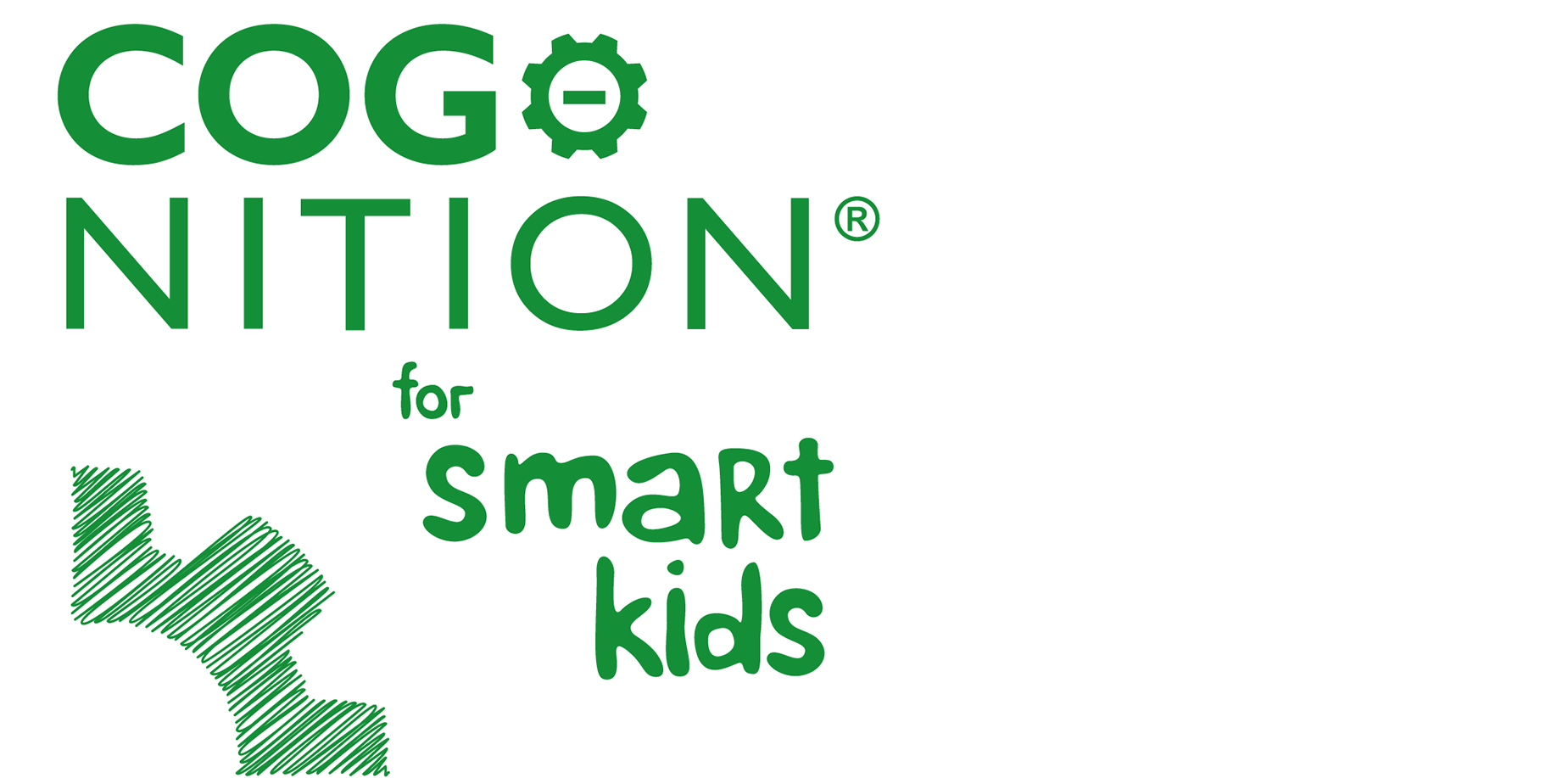Nature is a Health Essential
Have you ever noticed that your child’s mood improves after spending time outdoors? That’s not a coincidence—nature has powerful benefits for both physical and mental health.
Children today spend 50% less time outdoors than their parents did, and this shift has led to higher rates of stress, sleep problems, and even reduced physical fitness. The good news? Getting outside is one of the easiest ways to boost your child’s well-being!
Why It Matters
✔ Outdoor movement is more engaging – Kids naturally run, jump, climb, and explore when they’re outside, without feeling like they’re “exercising.”
✔ Nature improves brain function – Studies show that kids who play outdoors have better concentration, problem-solving skills, and emotional resilience.
✔ Sunlight regulates sleep and mood – Exposure to natural light helps balance circadian rhythms, leading to better sleep and reduced anxiety.
✔ Being in green spaces reduces stress – Research has found that just 15 minutes in nature can lower stress hormone levels and boost mood.
What You Need to Know
✔ Natural movement (like climbing, balancing on uneven surfaces, and running on grass) develops coordination, strength, and flexibility.
✔ Kids who spend time in nature are more likely to develop a lifelong appreciation for movement and outdoor activity.
✔ Even small amounts of outdoor time make a difference – If a full afternoon outside isn’t possible, even 20-30 minutes in a park, garden, or backyard has benefits.
How to Implement Change
Today’s Challenge Take your child outside for at least 20 minutes today.
Try a nature walk spotting birds and interesting plants, climbing a tree, playing in the garden, or just walking barefoot in the grass.
If the weather isn’t ideal, dress appropriately and embrace the adventure!
💬 Encouragement for Parents:
Nature is one of the simplest and most powerful tools for supporting your child’s health, happiness, and movement habits. Every minute spent outside helps their body and mind grow stronger—so keep encouraging outdoor play! You’re giving them a gift that will last a lifetime.
📌 Next email: Your ACTIVE BODY Domain – How Have You Progressed?
Further info
